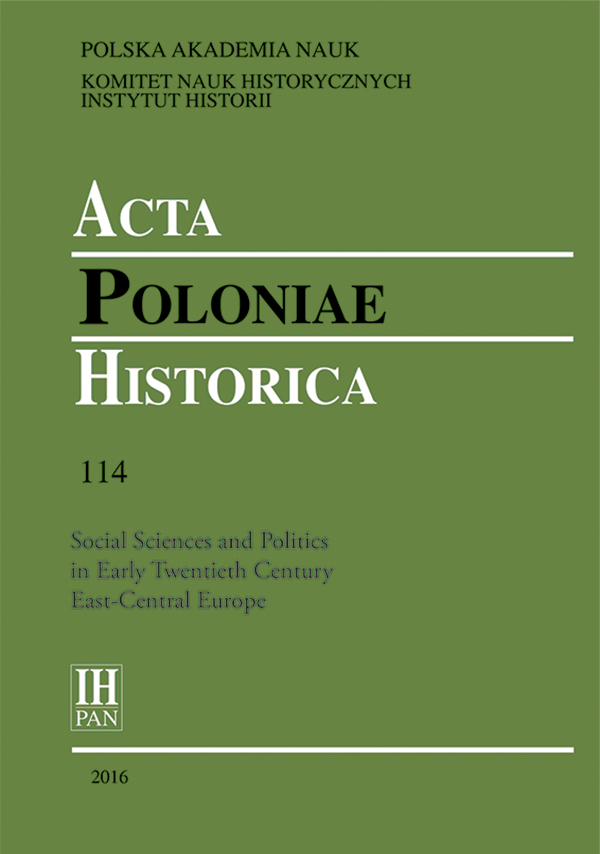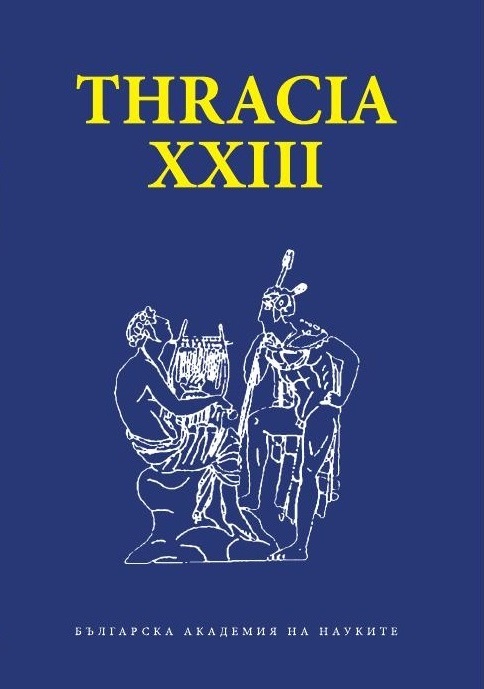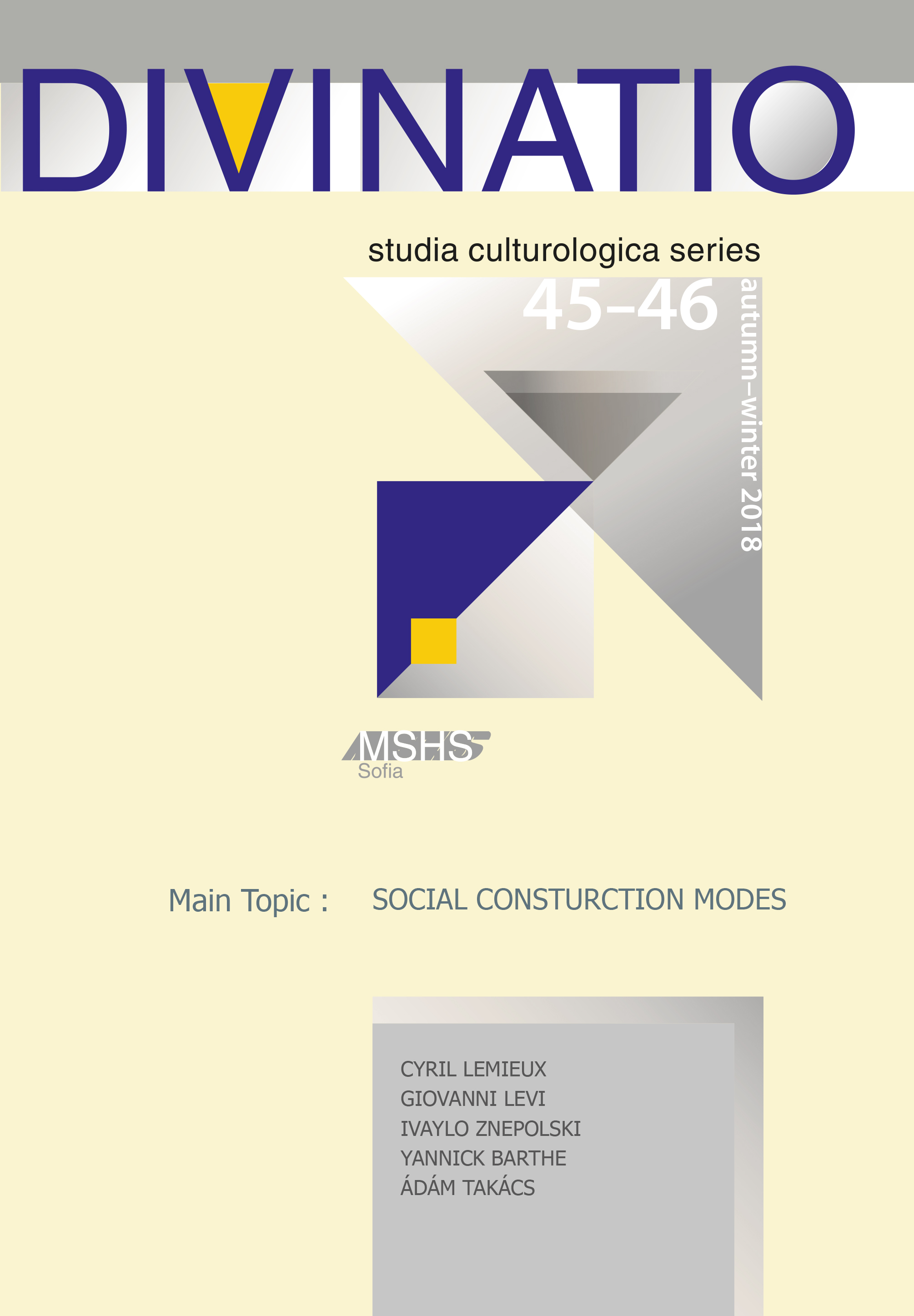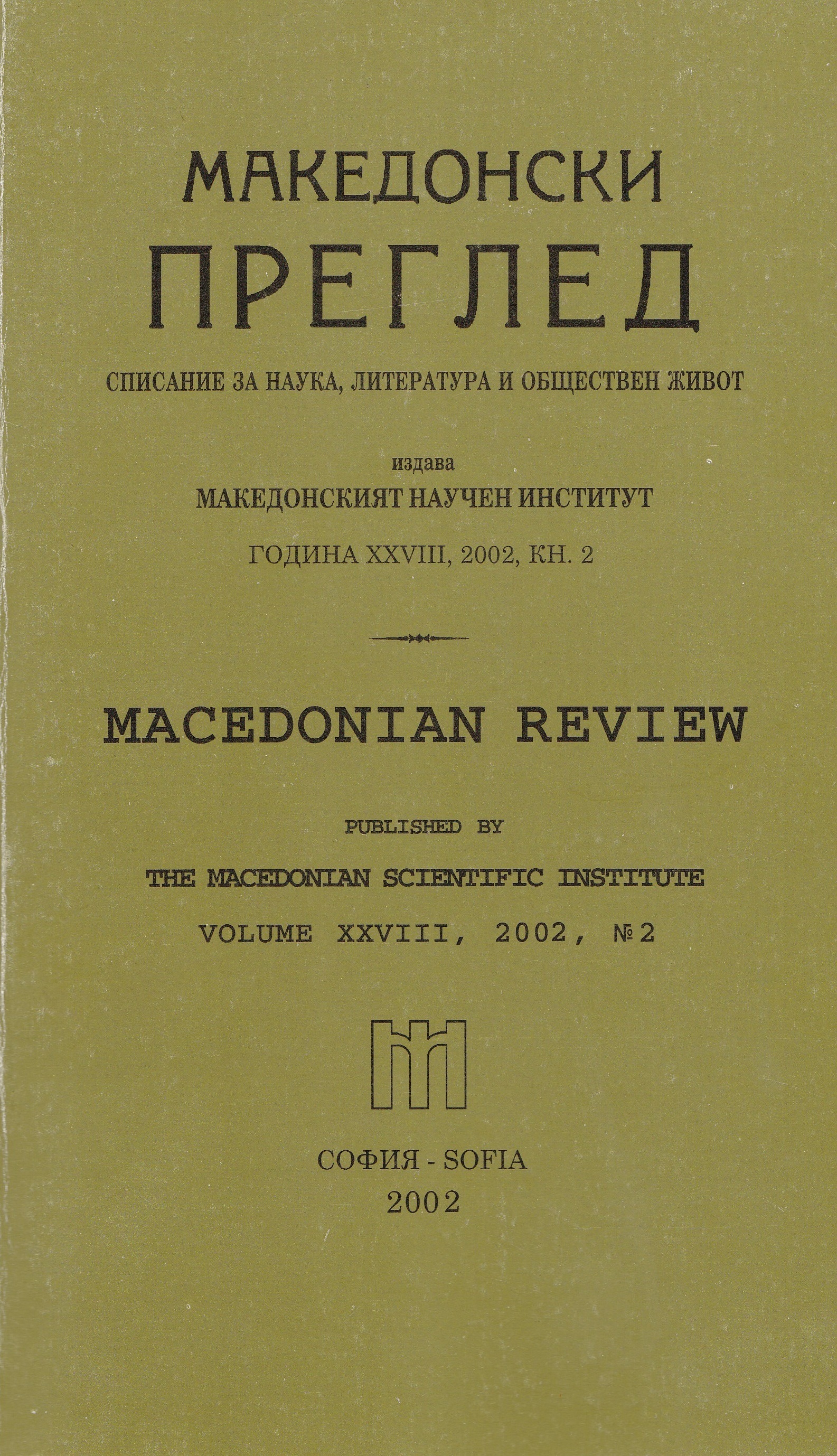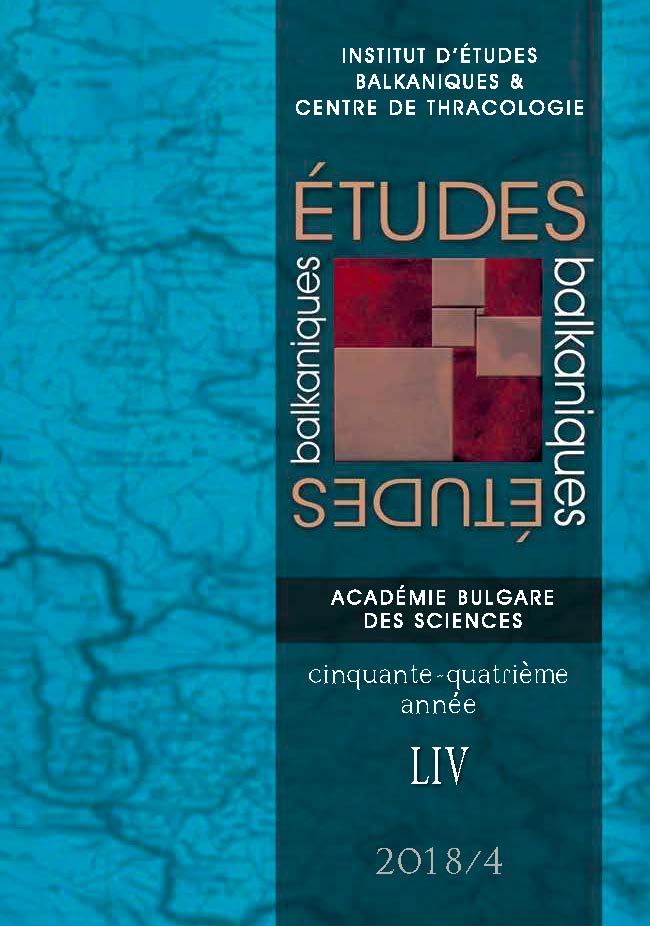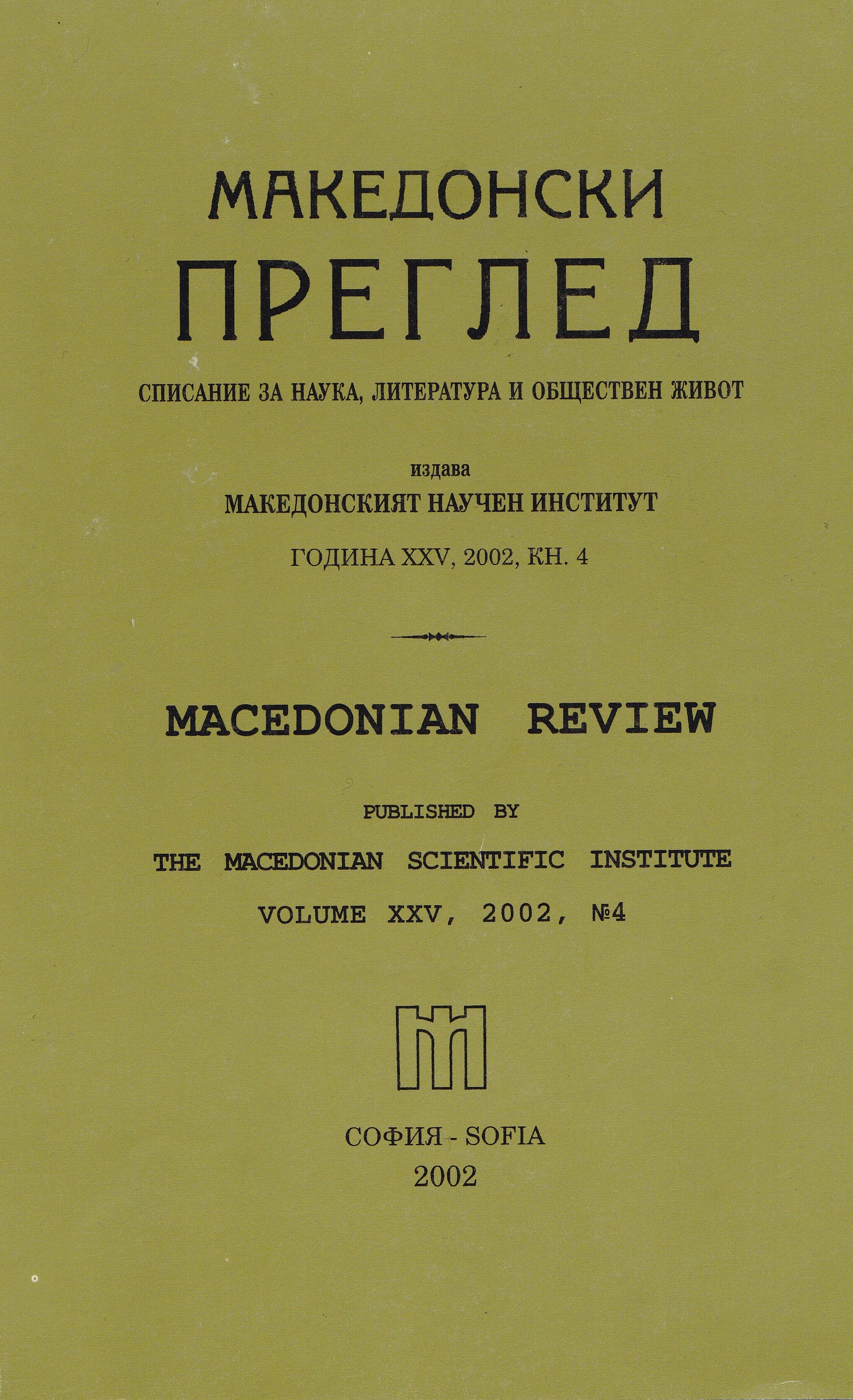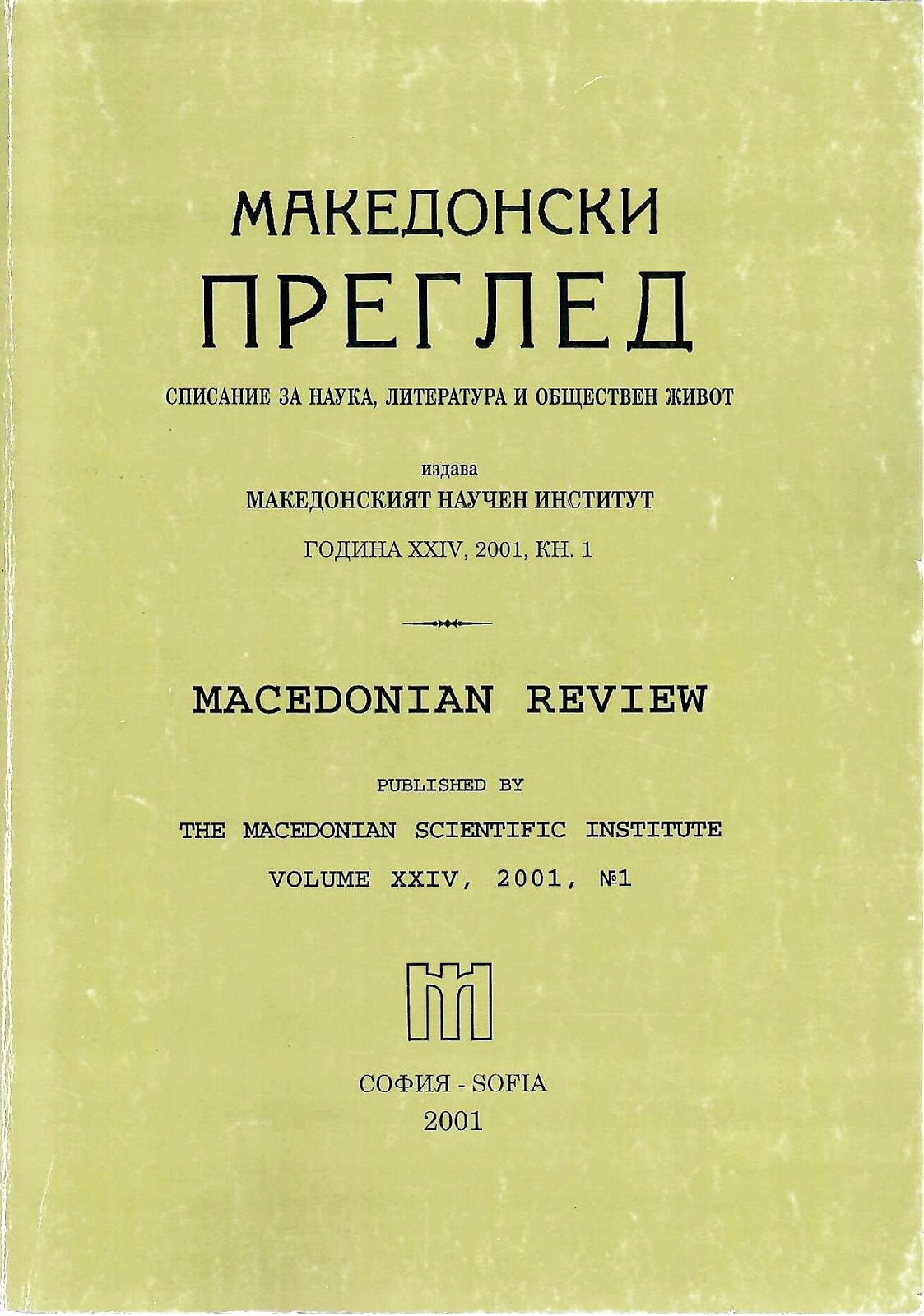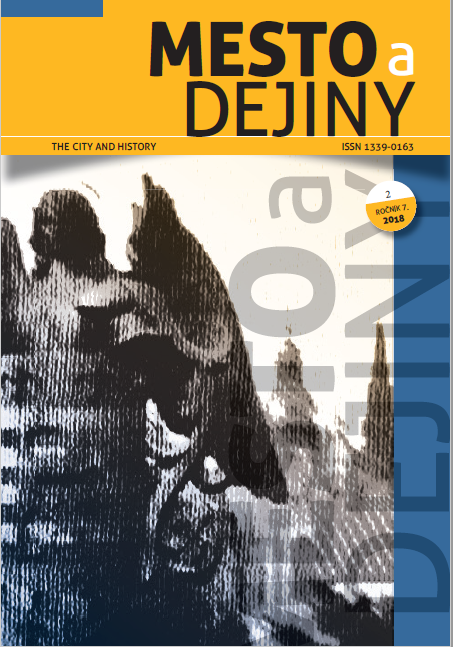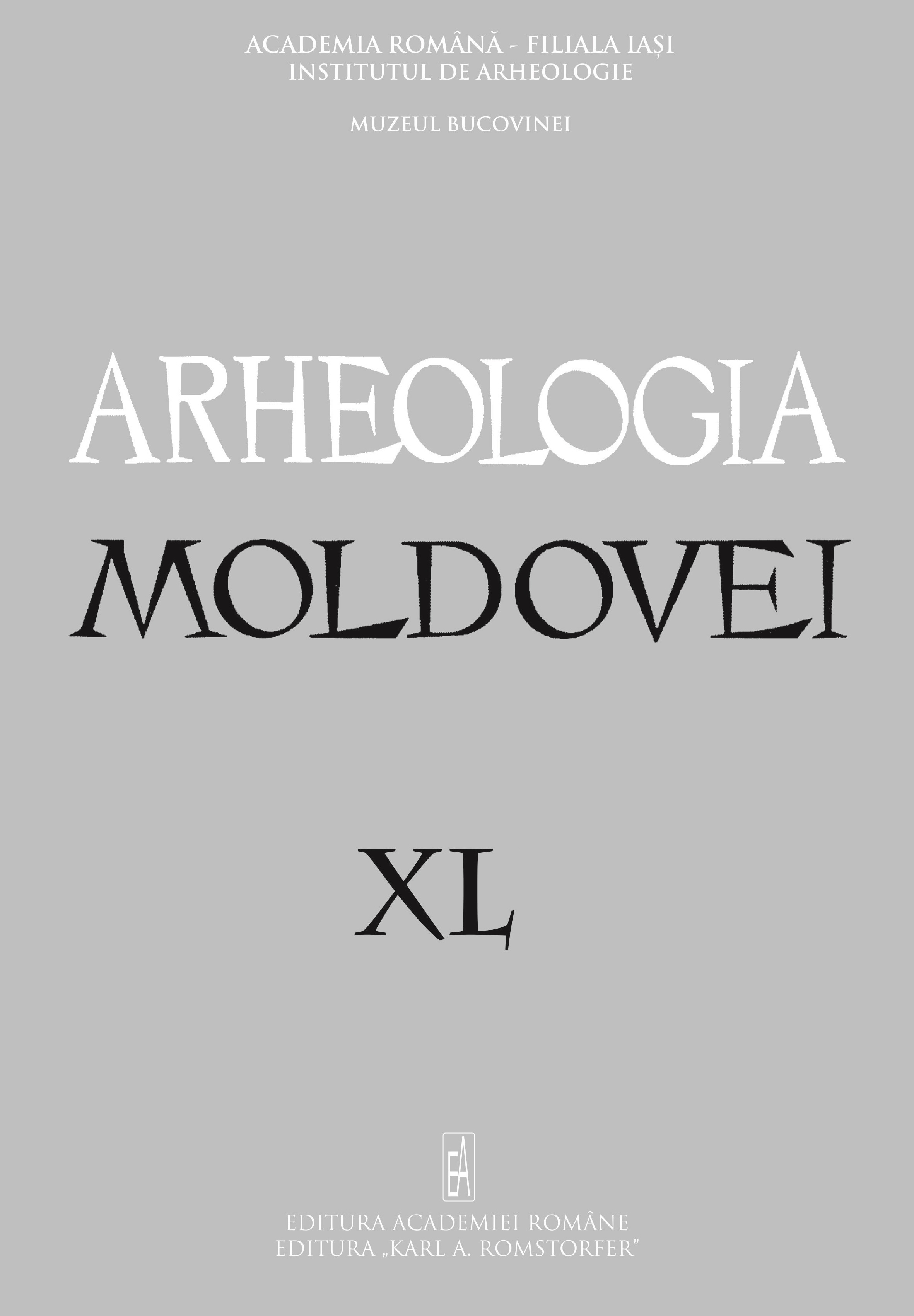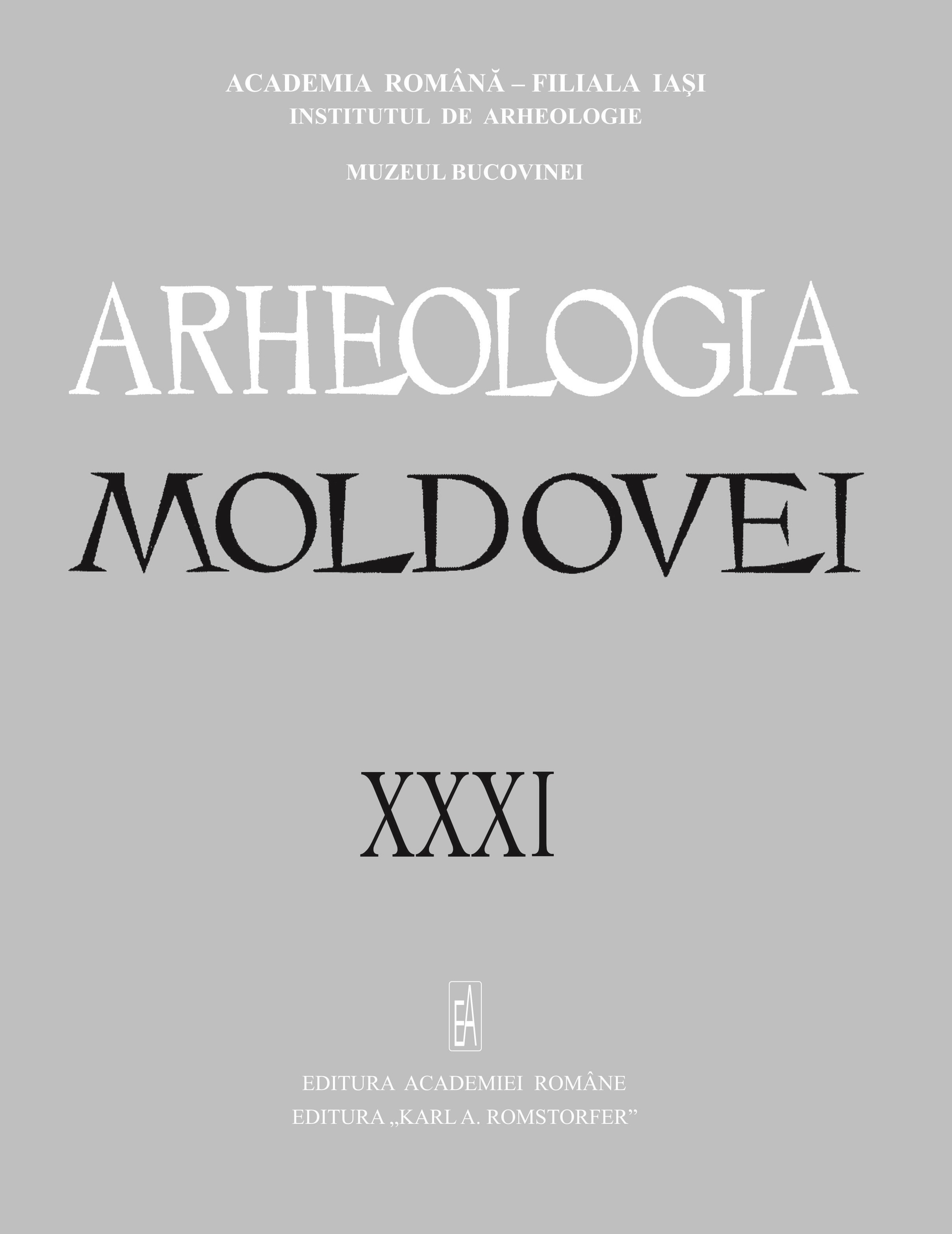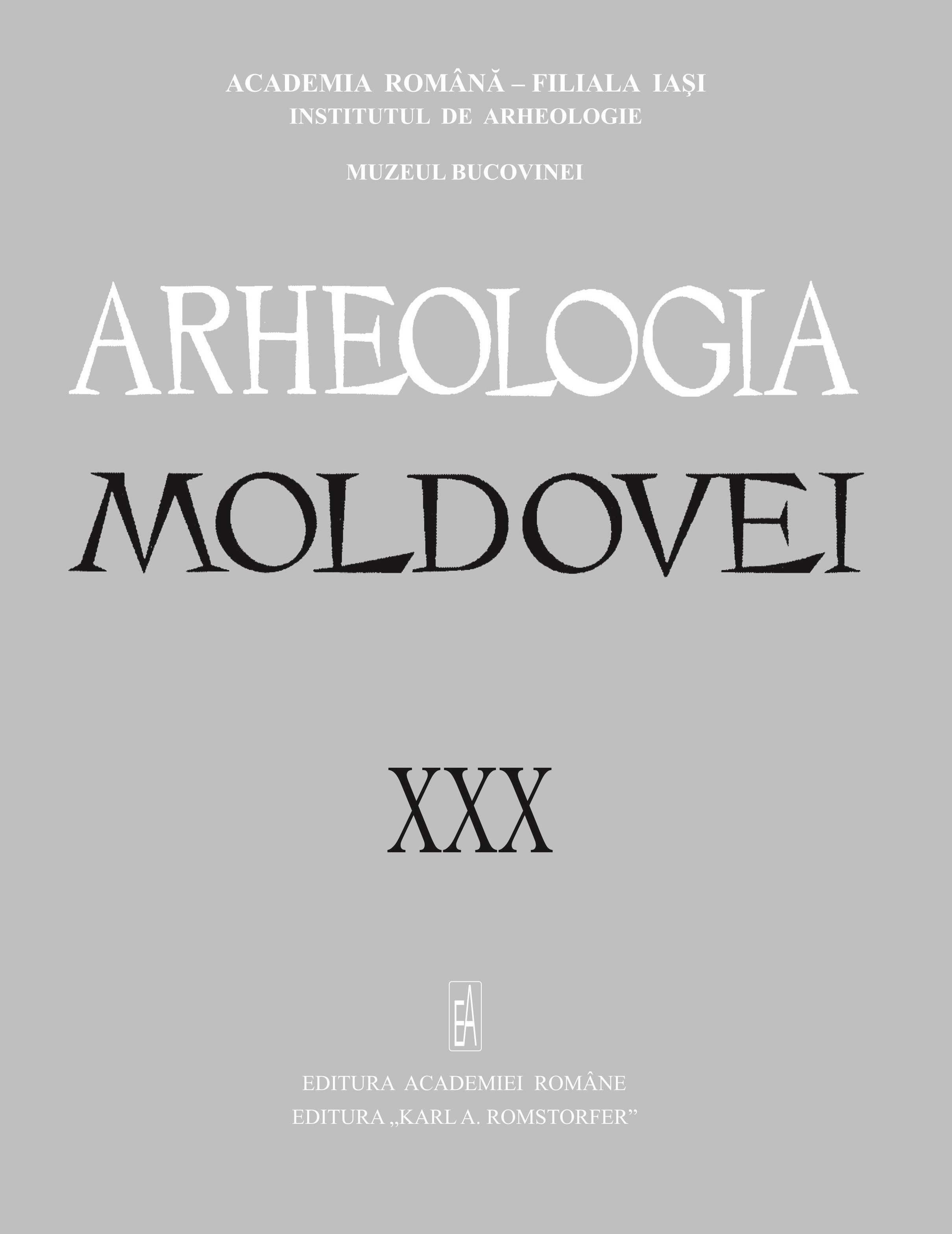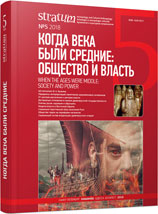
Погребальные ладьи на территории Древней Руси
The boat-graves and graves with parts of boat are known in Russia in areas with the Scandinavian population. Boat-graves and parts of boats were studied in the burial mounds with cremation of the middle 9th — early 11th centuries in the Ladoga Lake area (Staraya Ladoga, Ust-Rybizna), in the Upper and Middle Dnieper (Gnezdovo, Shestovitsy) and in the Upper Volga region (Timerevo). They were recognized by concentrations of iron rivets connecting parts of boats. The reconstructed length of boats is about 6—10 m, which corresponds to the average size of vessels in the burial mounds of Central Sweden. Some graves included parts of boats. There are several graves with cremation and inhumation, including burial chamber, where boats or their burnt parts were found inside the mound or overlapping the burial on the ground surface. Study of boat-graves gives information about cultural contacts of Russia and Northern Europe, but also about the ship-building and sailing in those regions.
More...
